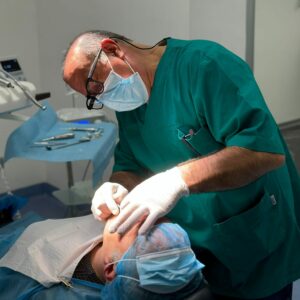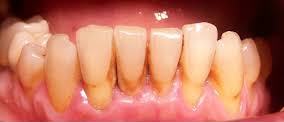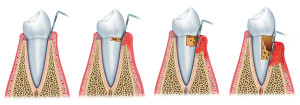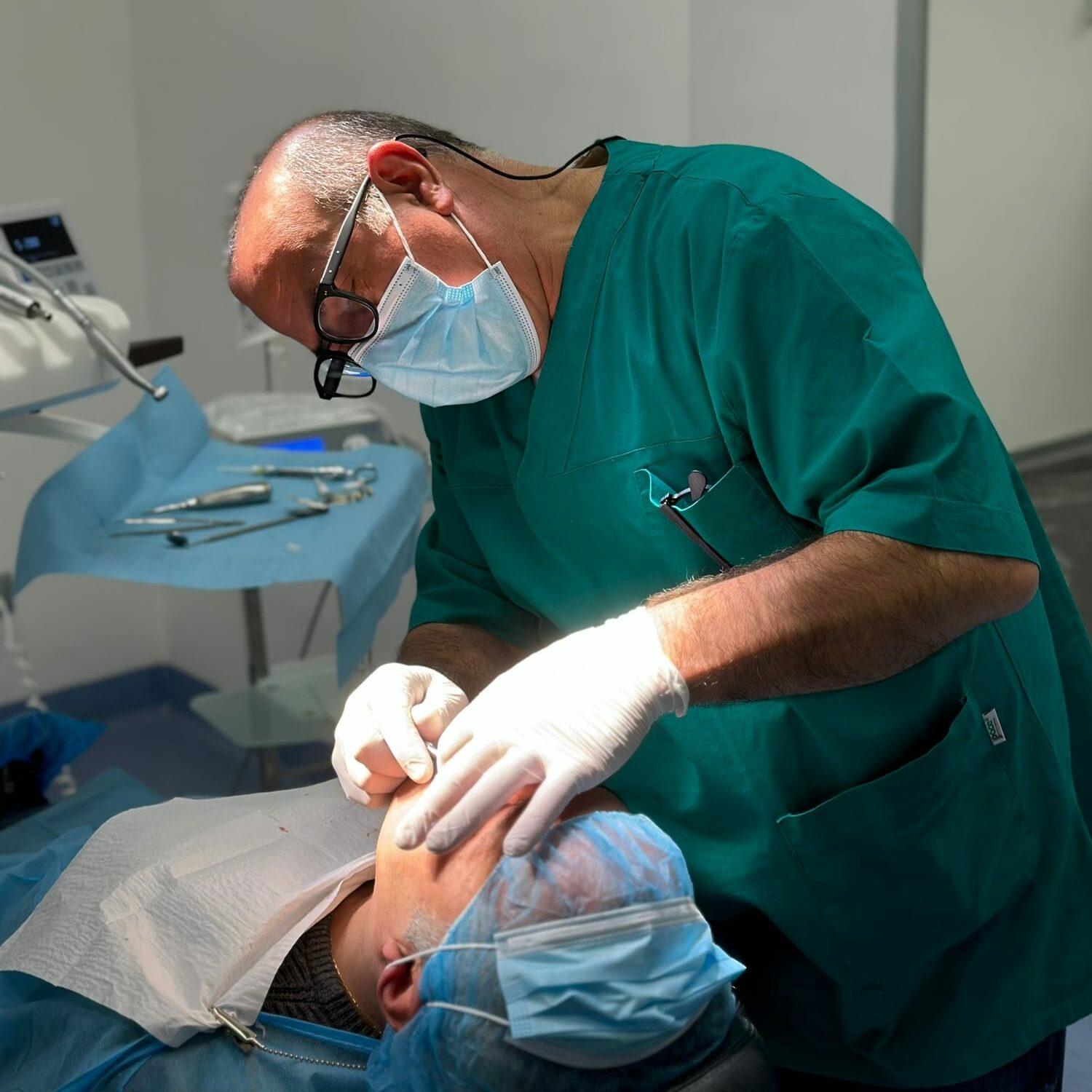Replacing a fallen tooth is not science fiction, it is one of the possible options following the release of a tooth due to a traumatic event. However, this type of therapeutic solution is not always applicable, in fact a series of favorable variables must be presented.
To replant a tooth: in which cases?
The avulsion of a tooth is one of the most recurrent consequences of traumatic events. Accidents, falls, accidental traumas during sports, improper use of teeth (an example is the use of teeth to open bottles), each of these episodes can lead to a tooth falling.
The subjects involved in this type of episode are both children, therefore with an interest in the deciduous dentition, and subjects with a permanent dentition.
The incidence is greater if malocclusion problems are also present. When the arches are not aligned it is much more frequent that, following a traumatic event involving the teeth, one or more elements may fall.
The essential condition for replanting a tooth
The possibility of replanting a fallen tooth is played entirely on the time factor. The timeliness of intervention is in fact the necessary condition.
When a tooth avulsion occurs due to a trauma, the periodontal tissue is divided into two parts, one part remains attached to the alveolus and the other to the root.
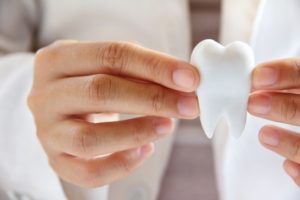
The tooth can be re-implanted if the periodontal tissue maintains its vitality. To keep periodontal tissue alive, it is important to keep the fallen tooth in a moist environment.
To save the tooth, therefore, it is possible to immerse it in liquid substances such as:
- saliva
- physiological solution
- milk
- special chemical solutions (not readily available on the market)
Outside of one of these conditions the tooth could survive a maximum of a quarter of an hour, in fact the pulp of the tooth, remaining dry, loses its vitality.
With the immersion of the tooth in a liquid solution, it is possible to extend the life of the tooth up to a couple of hours, thus allowing the replanting.
Replanting a fallen tooth: the phases of intervention
Within a few hours of tooth drop, replanting can be immediate. The dentist, having evaluated the clinical situation, will proceed to the connection of the periodontal ligament.
Before the intervention phase it is important to perform an image diagnostic to get a detailed overview of the patient’s anatomy.
The dentist’s task is, among others, to assess any damage to the alveolus or to the tooth that fell, since the traumatic event could have caused microfractures or other types of injuries that only a competent professional can diagnose.
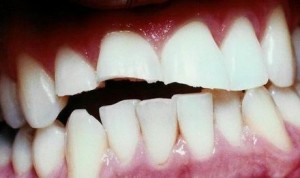
The re-implantation of a tooth requires, after the intervention, the planning of check-ups for about a year. Constant monitoring of the vitality of the tooth pulp and the overall outcome of the operation is a necessary component for the success of the intervention.
Replacing the fallen tooth is therefore possible as long as you do not waste time and immediately run to a dentist. If nothing else is available, it is advisable to keep the tooth in the mouth on the way to the dentist.





